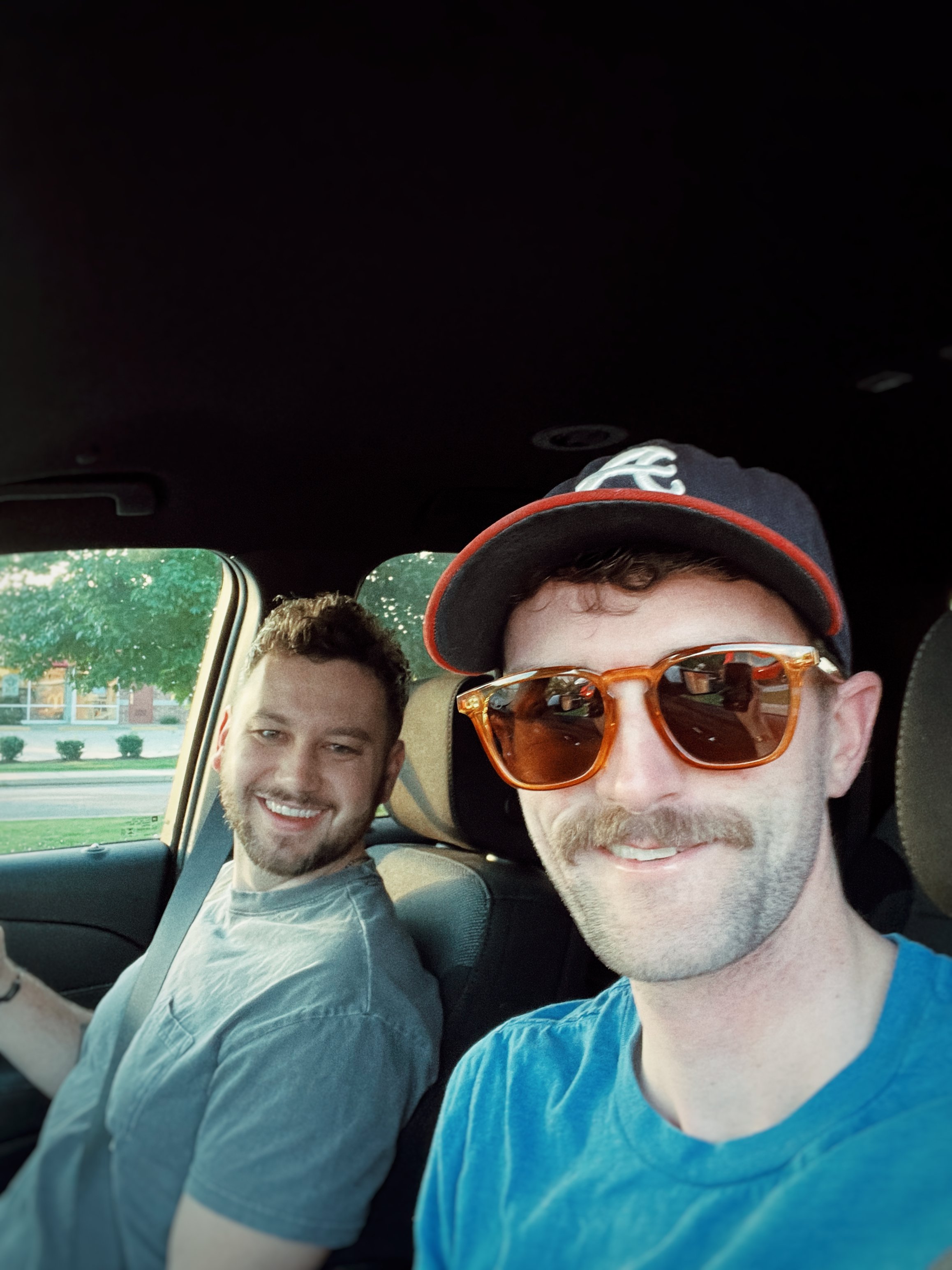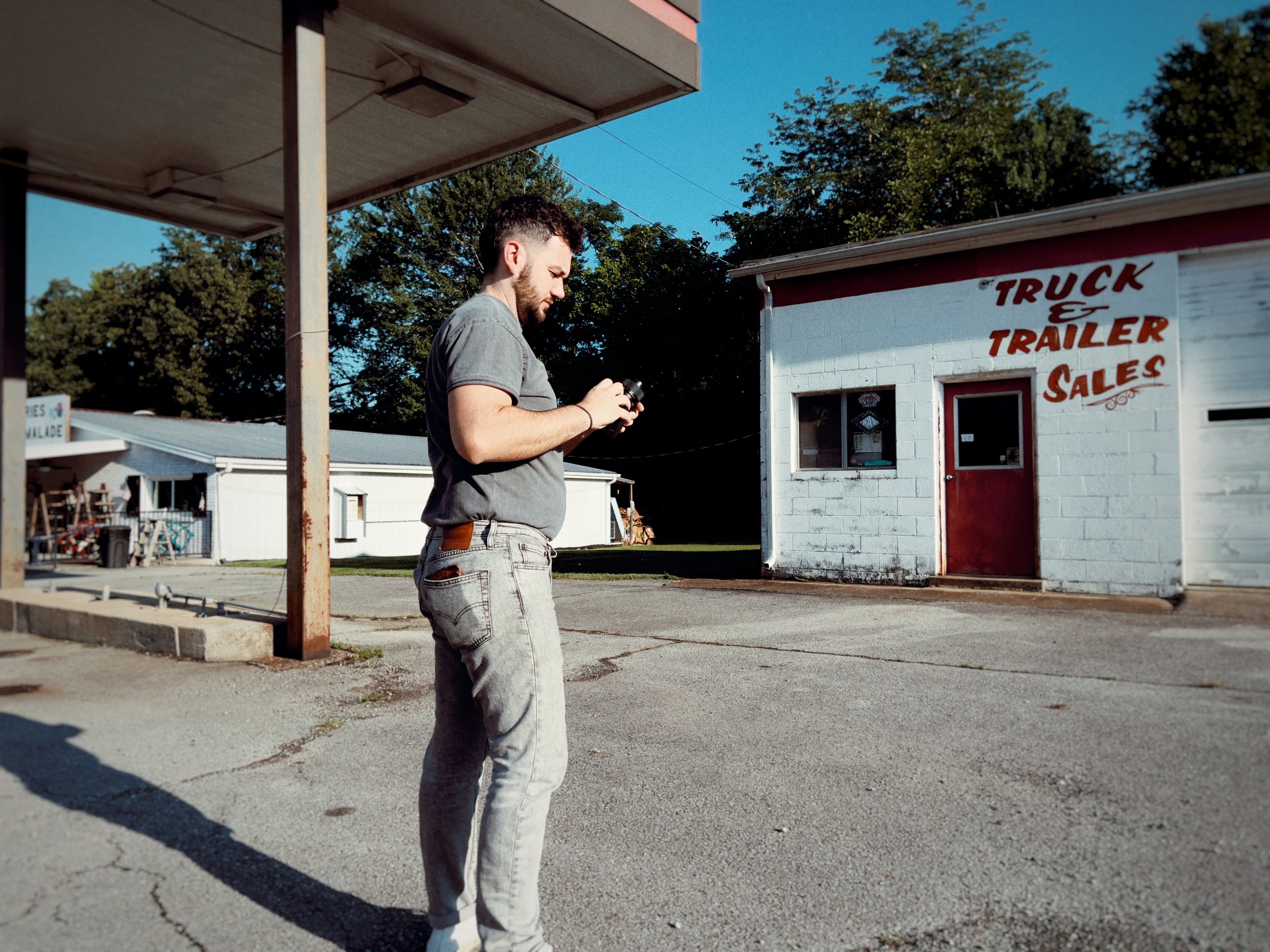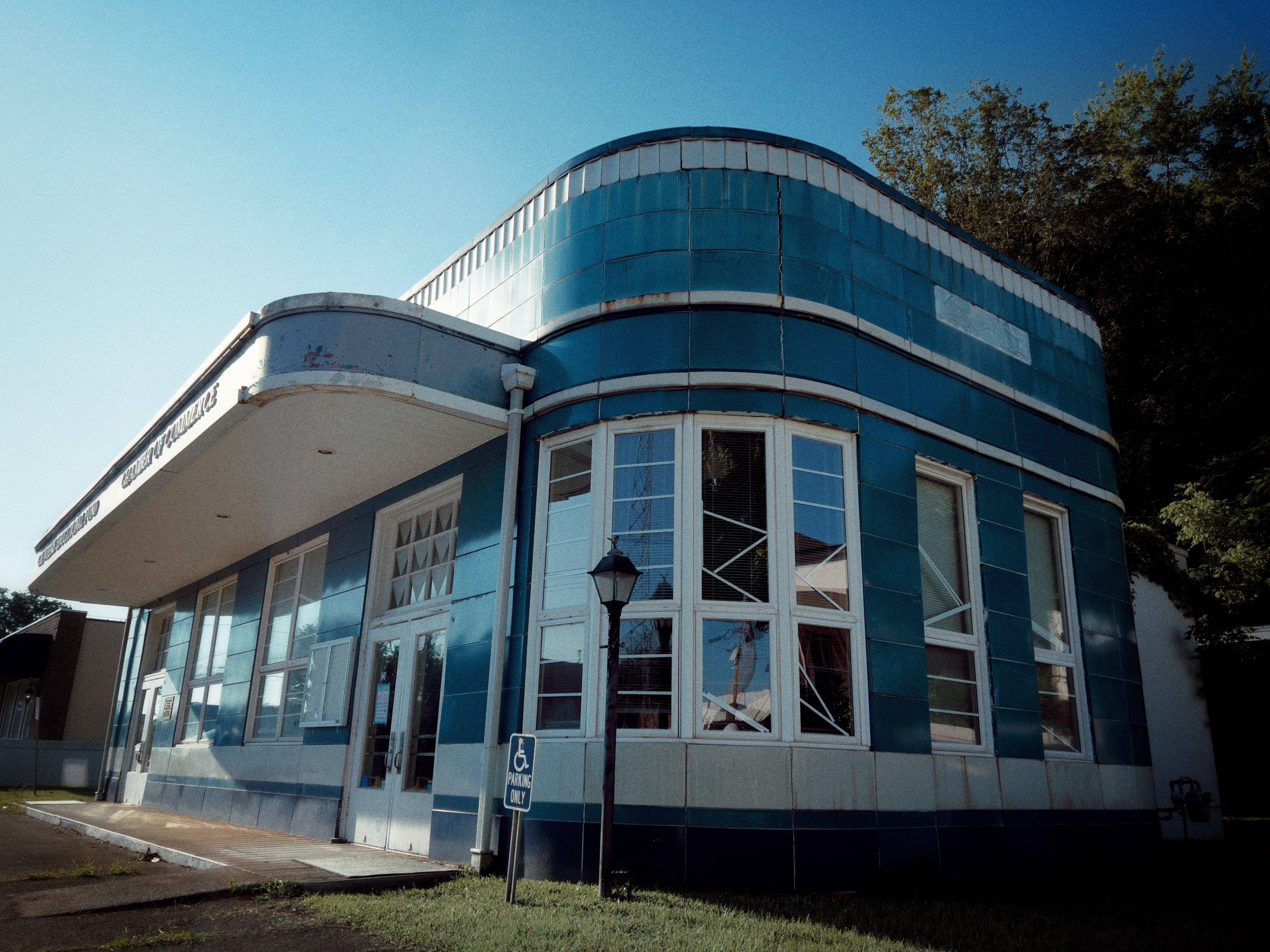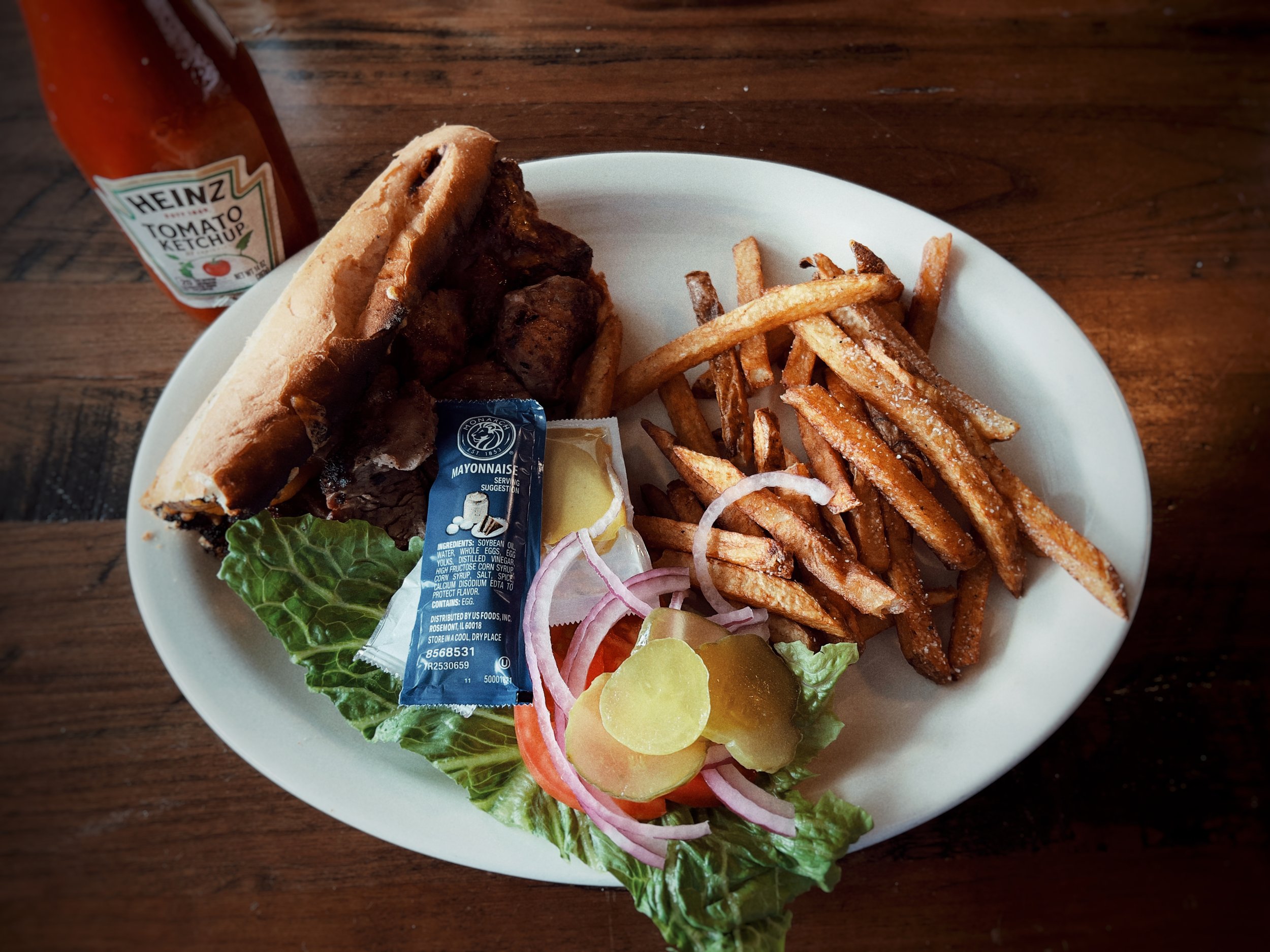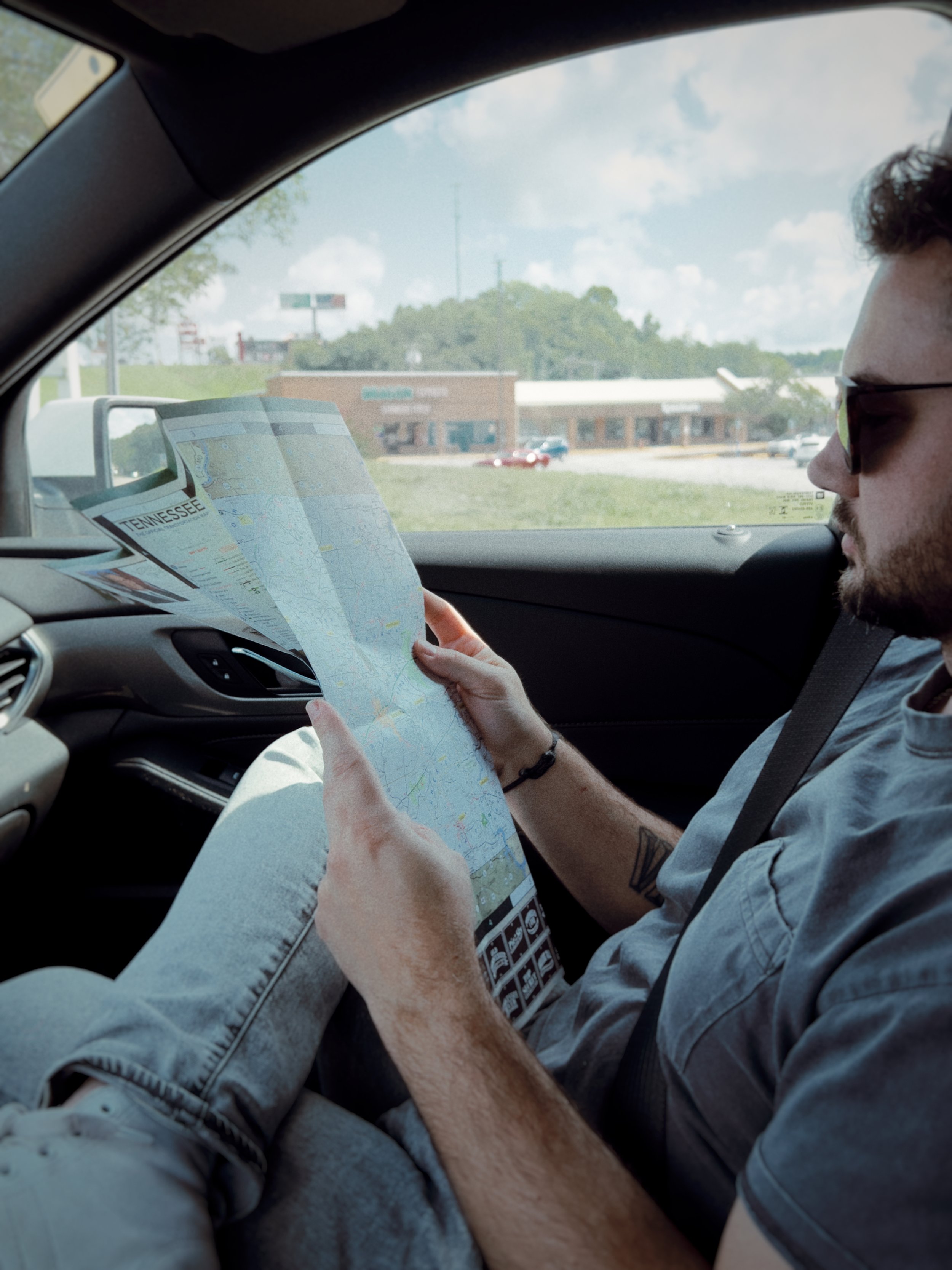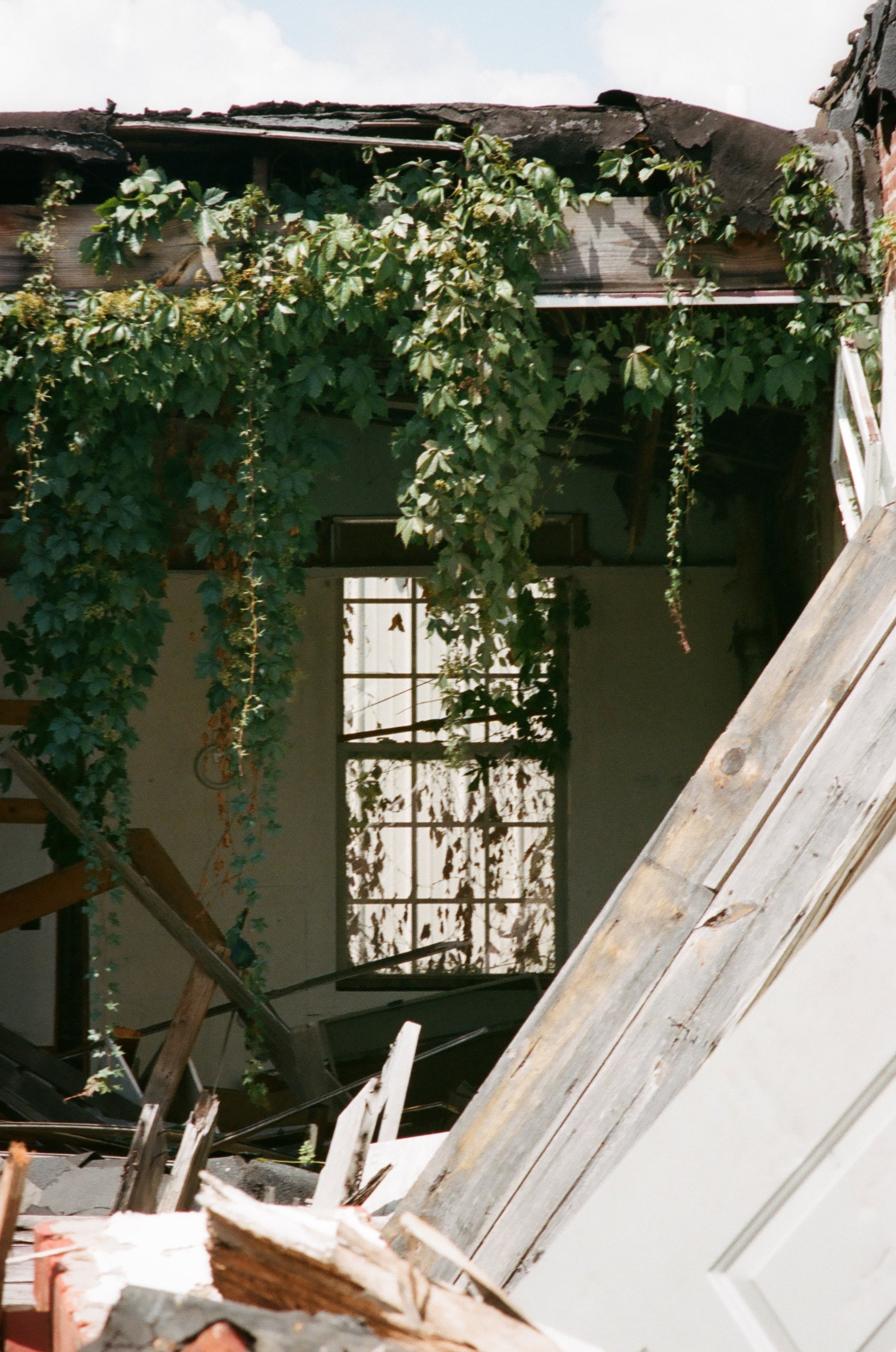As a kid growing up in Clinton with family spread across the state, we made quarterly pilgrimages to pay visits to our grandparents in what felt like the far-flung corners of rural Tennessee. My mother’s widowed father lived in Dickson, which was only about three and a half hours away from our house in the foothills of the Smokies, but Daddy’s parents lived in Huntingdon, which was a solid five hours from our house, west of where the Tennessee River crosses the state for the second time.
Our ritual was to load our little red 1995 Toyota Camry to the gills with creature comforts, avoid fighting with my younger sister, and then “go west, young man.” We would visit my mother’s father, whom we called Papa, first and then leave Dickson for Grandmother’s house, two hours west. Daddy preferred taking the interstate from Dickson, but Mama liked taking Highway 70. I fell in Mama’s camp, because as I got old enough to drive, I realized how tremendously boring it was to take the Interstate through West Tennessee, with nothing but cotton and soy fields to entertain you for hours until Jackson sprang up out of nowhere.
But along Highway 70, there was loads to look at. The two-lane ribbon of strangely orange-colored asphalt snaked its way from Dickson to Huntingdon (it runs all the way across the long state, in fact) past a host of nearly abandoned towns and buildings. I became fascinated with these places, wondering what happened, why it seemed like these towns used to be so much busier, and what these seemingly empty, half-fallen-in buildings now contained.
I shared all of these imaginings with my photography buddy, Jordan, several times over our friendship, insisting that we needed to trek to West Tennessee to capture images of these abandoned places. For years, it was always, “Yeah! Let’s do it!” but nothing ever materialized. Finally, last summer I said, “No, for real. Let’s do it.” So we did.
The author and Jordan embark on our West Tennessee adventure.
Jordan insisted we travel by paper map only, and I agreed that this was sensible. Only paper maps would do for this sort of adventure. So, armed with our cameras and the chariot of choice for soccer moms everywhere—my Chevy Traverse—we embarked on our long-awaited journey across West Tennessee.
We skipped over to Dickson to simulate the trip I had taken so often as a kid, then moseyed our way through McEwen and Waverly. Waverly was one of the most interesting places we passed through. Jordan and I discovered a beautiful old Greyhound Bus station that had been converted into a chamber of commerce building at some point (though it looked like even the chamber of commerce had given up on it), with a blue tile façade and shapely Art Deco lines. There was an overgrown drive-in movie theater that looked as though it hadn’t seen action in quite a while. But the most interesting place was Dixie Radiator Service, complete with a rusty Studebaker mounted on a pole.
While we stopped to take photos of the old Studebaker, a white Chevy truck made a U-turn out on the highway and stopped to pull in. The older man driving truck said it was his shop, and was happy to tell us how long that rusty old car had been mounted up there, and how so many people loved to stop and gawk at it. The encounter ended up being one of the more enjoyable moments of the trip.
Jordan assesses a shot. iPhone 13 Pro.
Dixie Radiator Service’s friendly owner stops to chat. iPhone 13 pro.
An old Greyhound Bus station. iPhone 13 Pro.
An overgrown drive-in. Kodak Portra 400.
Our next stop was just outside of Camden, Tennessee, where a dirt race track was nestled in the split between the bypass and Highway 70. I’d seen so many of these places over the years—bars, bowling alleys, race tracks—always driving by when nothing was happening. It served to build a mythology in my mind. Did these places ever open up to the public, small though that public might be? Or were they permanently boarded up, like so many of the abandoned houses with caved-in roofs I saw in Ireland. In many ways, a journey through rural America wasn’t so different than mine was in Ireland. Little towns springing up along two-lane roads out of the countryside, forever looking as though their heydays had passed, if they ever had heydays.
An empty dirt track. iPhone 13 Pro.
Underneath the stands. iPhone 13 Pro.
It was nearly lunch time when we made it to Jackson, Tennessee, which would be our turnaround point. In keeping with our “repurposed Greyhound Bus station” theme, we stumbled across a restaurant that had turned an even larger station than Waverly’s into an eatery with atmosphere. I ordered a steak sandwich, and it was delicious.
After lunch, we had to decide which direction we would go to get back home. We didn’t really want to back track and revisit all the places we’d already seen, so Jordan exercised his duties as navigator and chose a new route, one I’d never been on as a kid, along Highway 412, which runs east-west like 70, but a good bit further south.
Jordan waiting on our food. iPhone 13 Pro.
Steak sandwich at the Greyhound Bus station. iPhone 13 Pro.
Paper maps only.
After a quick coffee run and a spilt latte on the console of the Traverse and part of my shorts—followed by profuse apologies—our navigator had a route home mapped for us, with a series of little towns to explore between Jackson and Columbia. We visited Decaturville, Perryville, and Hohenwald before landing back in Columbia, which is basically my backyard.
There’s not much for me to tell about these little towns, at least not from our journey that Saturday afternoon. You’ll have to do your own digging if you want their history. Our objective was to photograph old, interesting, derelict places along the way. The photos can tell the story.
I’m not sure if the mythos I’d built about West Tennessee’s fascinating abandoned places lived up to the hype in Jordan’s mind, but he’s a good sport, and the deep philosophical discussions we had along the way were as much fun as the sights, themselves. We probably discovered as much about each other as we did rural Tennessee that hot July Saturday.
Do yourselves a favor and travel by paper map through strange and mysterious places every so often. You never know what you’ll find. It might be a steak sandwich.
A collapsed building in Decaturville, TN. Kodak Portra 400.
Flaking paint. Kodak Portra 400.
Rusty Oldsmobile. Kodak Portra 400.
An abandoned sawmill in Perryville, TN. Kodak Portra 400.
Old firetruck still serving its town. Kodak Portra 400.
A sleepy shop in McEwen, TN. Kodak Portra 400.


